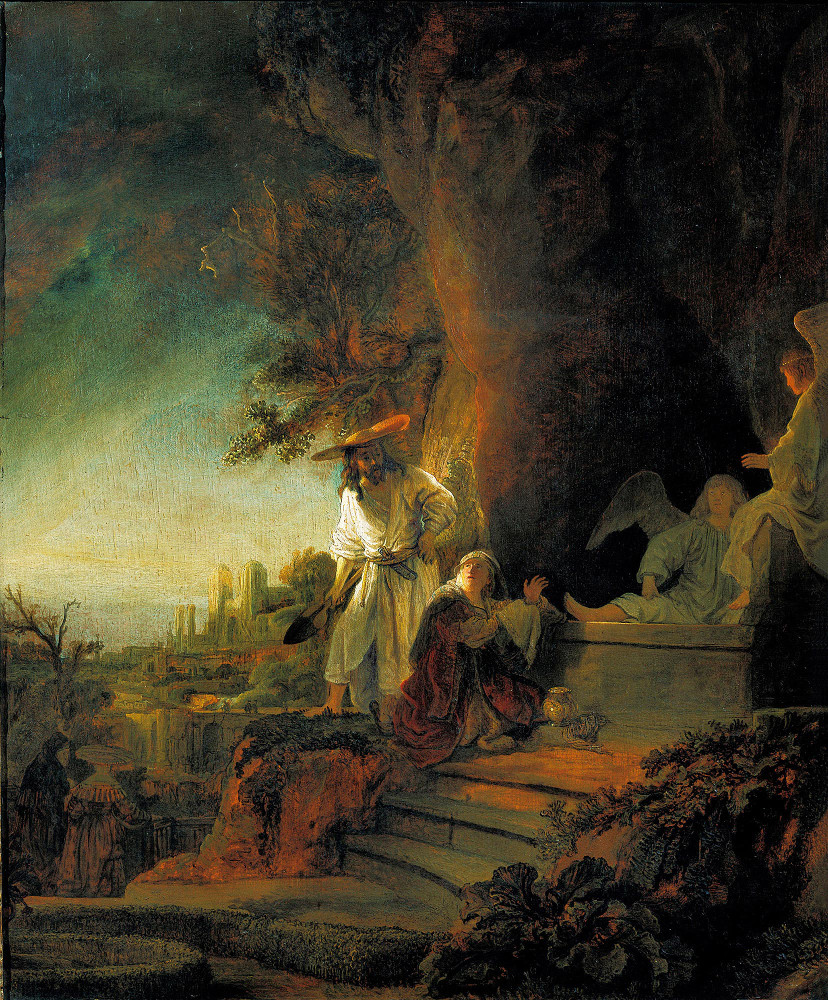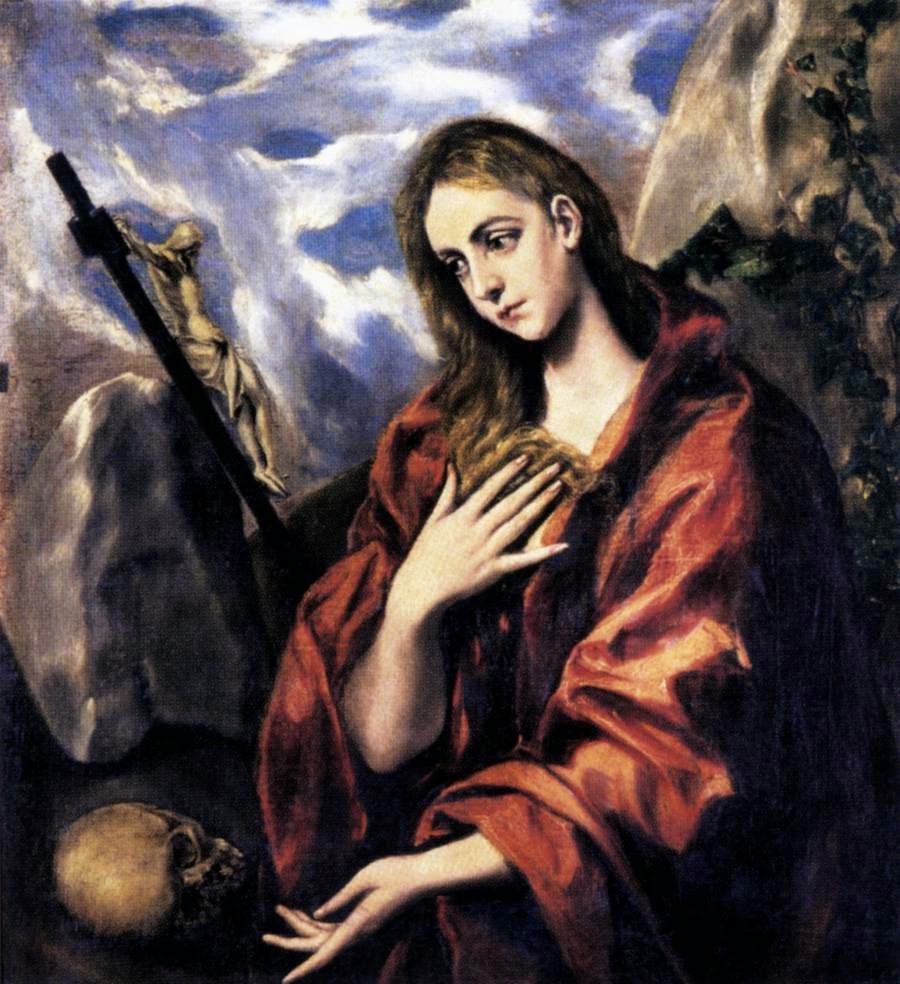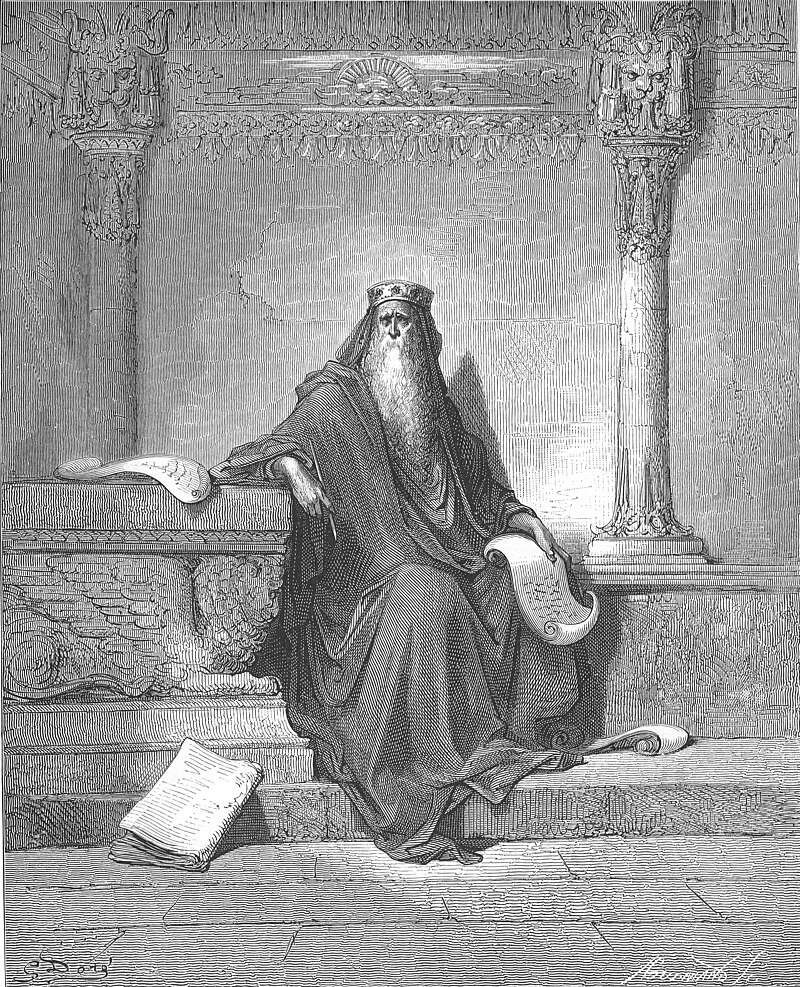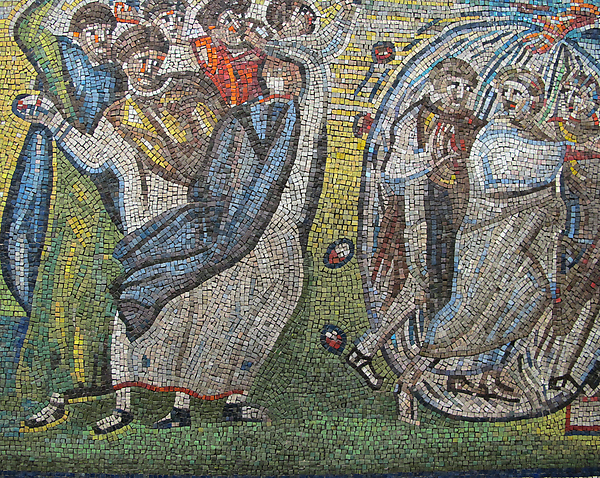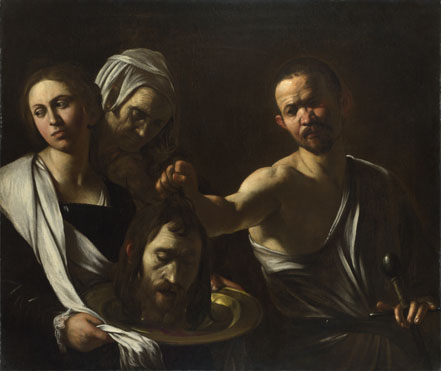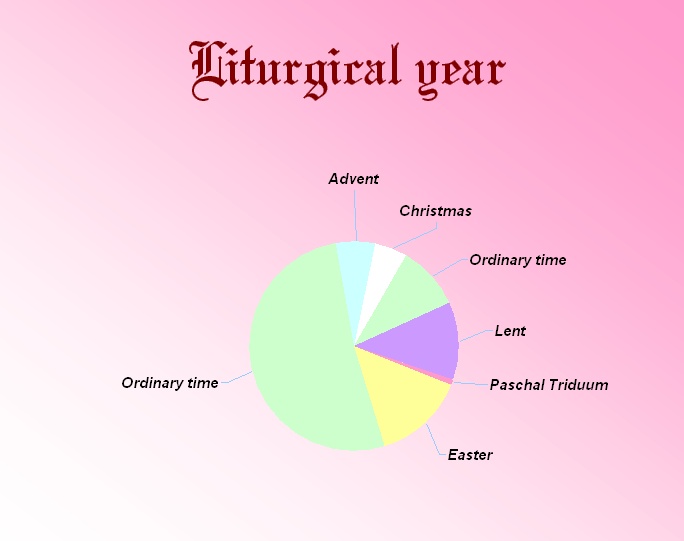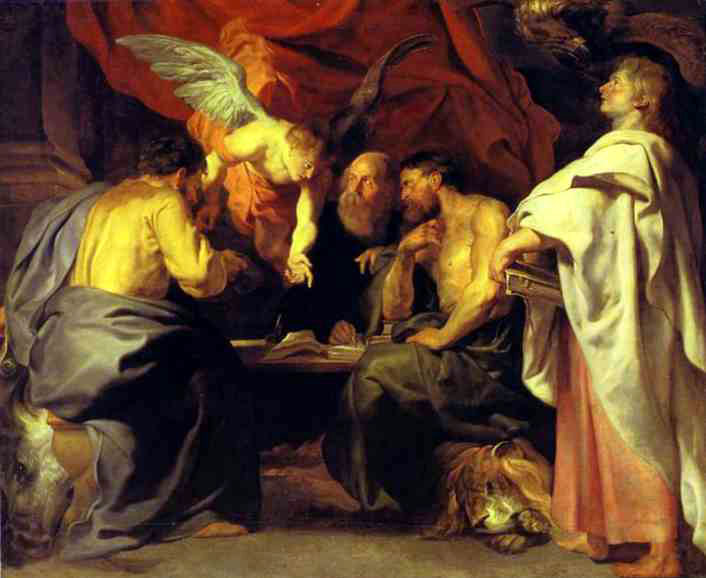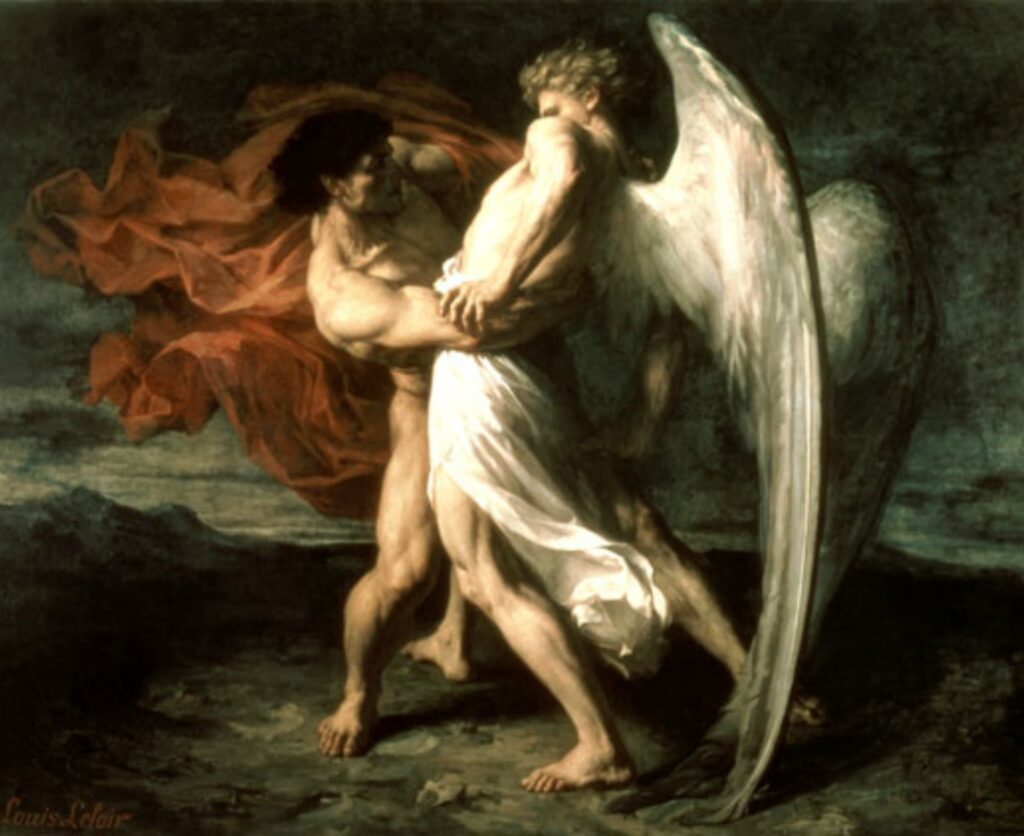* * * *

* * * *
Over a week ago Thursday – last July 25 – was the Feast Day for James, son of Zebedee, one of the 12 Apostles. Son of Zebedee and Salome, and brother of John the Apostle, he is also called James the Greater or James the Great to distinguish him from James, son of Alphaeus.
He was one of the first disciples to join Jesus (Matthew 4:21-22 and Mark 1:19-20), and one of only three apostles Jesus chose to witness His Transfiguration. Tradition says this James traveled to Spain to spread the Gospel there. (He’s the patron saint of Spain and Portugal.) Tradition also says he was the first apostle to be martyred, when he returned to Judea, beheaded in 44 A.D. by King Herod Agrippa I. That’s where the Camino de Santiago comes in.
And more tradition: “Legend holds that St James‘s remains were carried by boat from Jerusalem to northern Spain, where he was buried in what is now the city of Santiago de Compostela,” under the cathedral named for him. And over the years Santiago has been the goal for multitudes of pilgrims – hiking, biking or on horseback – who “follow its routes as a form of spiritual path or retreat for their spiritual growth.” Which is why – this time each year – I refer to St. James as the Patron Saint of Pilgrims. And which requires some explanation.
For five of the past seven years I’ve done just such a pilgrimage each September, which needs more explaining. For one thing, I define “Camino hike” as where at the end of each day you look ahead to a warm bed, hot shower and a cold beer. (Different from a hike on – say the Appalachian Trail – where you pack a tent, sleeping bag, utensils and all food “for the duration.”) That’s why I count last year’s hike on the GR 70 in France – aka Robert Louis Stevenson Trail – as a Camino hike. Also 2022’s hike on the Way of St. Francis in Italy, from Assisi down to Rome. At the end of each day I could look forward a warm bed, hot shower and a cold beer.
As for “real Camino hikes,” in 2017 my brother Tom and I hiked (and biked) the 450 miles from Pamplona to Santiago. In 2019 Tom, his wife and I hiked the Portuguese Camino, from Porto back to Santiago. In 2021 we three plus Tom’s brother-in-law hiked over the Pyrenees, the part I missed in 2017. (And felt guilty about.*) They went all the way on to Santiago, but since I’d reached Santiago twice already I stopped in Burgos, took a bus down to Madrid and flew home from there. But this year will be different. This year we’ll be hiking the Camino Finisterre.
That is, most Camino hikers head to Santiago. (Where legend says the Saint’s bones are buried.) But this year we’ll hike the 48 miles from Santiago out to Cape Finisterre, once thought “to be an end of the known world.” From there my companions and I will hike another 45 miles northwest to Muxía, “known for its beaches,” then on to A Coruña. (Another 55 miles.) Finally, a hike of some 38 miles will take us back to Santiago and the Monastery of San Martiño Pinario. There we will do penance for whatever sins may remain, in that our rooms will be stark. “Old monks cells – a bed, desk and tiny bathroom,” with no TV, “iffy” internet – and presumably no beer.
That’s the Alpha and Omega of my 2024 pilgrimage – beginning and ending – but in the next few weeks I hope to add more detail on the in-between. (Like how to find beer?) Stay tuned…
* * * *
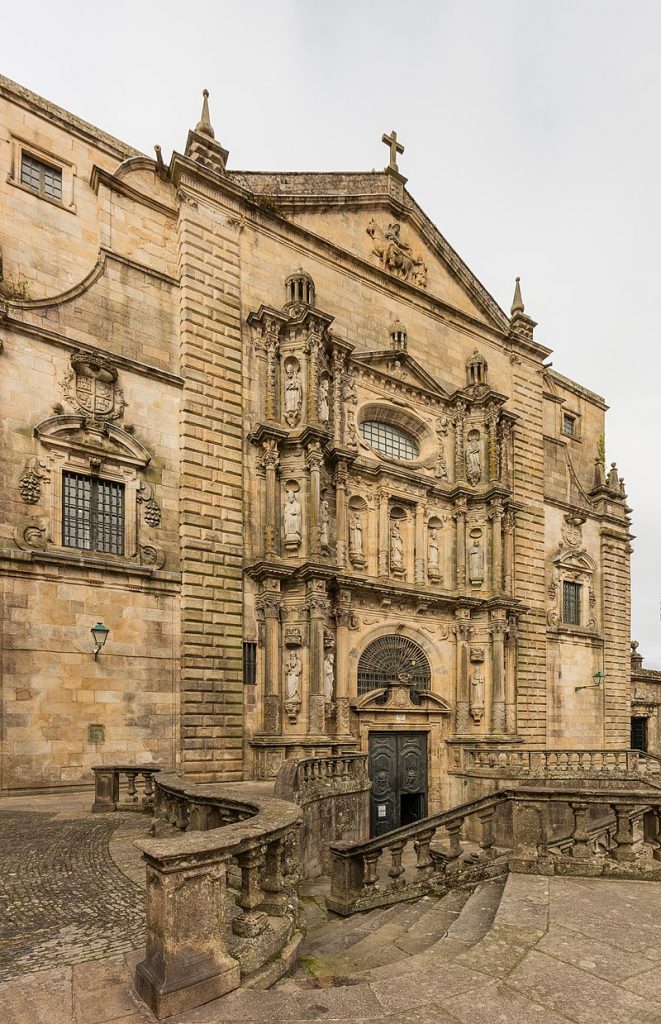
* * * *
The upper image is courtesy of Camino Finisterre – Image Results. See also The Camino Finisterre – Pilgrimage to the End of the World: “Because Finisterre was considered to be the end of the known world in the Middle Ages, it held special spiritual and physical significance. And this significance seems to survive to this day.”
The Book of Common Prayer reference: The “corporate-mystical” prayer is on page 339, the post-communion prayer for Holy Eucharist, Rite I.
“Feast days” are designated days on the liturgical (church) calendar “set aside to commemorate events, saints, or doctrines that are important in the life of the Church. These can range from Solemnities, which are the highest-ranking feast days like Easter and Christmas, to optional memorials that celebrate lesser-known saints.” Feast Days: Celebrating the Church’s Calendar.
For this post I borrowed from 2014’s On “St. James the Greater” and last year’s On St. James (2023), Pilgrimage, and “Maudlin’s Journey” – both of which have more detail on the saint – along with James, son of Zebedee – Wikipedia. See also Saint James, Patron of Pilgrims – Catholic Education Resource, or – for more on other Camino hikes – see for example Just got back – Portuguese Camino (2019), I just got back from “Camino 2021,” and 2017’s “Hola! Buen Camino!”
Re: “The part I missed in 2017.” The year before, 2016, I’d gotten my fill of mountains after a four-day hike over the Chilkoot Trail, “meanest 33 miles in history.” But that feel-guilty unfinished business ended in 2021, for me a hike from Saint-Jean-Pied-de-Port, over the Pyrenees and on to Burgos.
Re: “Beginning and ending.” See Alpha and omega Definition & Meaning – Merriam-Webster, and also Alpha and Omega – Wikipedia.
The lower image is courtesy of the Wikipedia article on Monastery of San Martiño Pinario, photo by Diego Delso, captioned, “Main entrance to the church.” In the email my brother sent, saying we’d stay there two nights after finishing the hike, he added that the third and fourth floors – “turned into housing” – were “reserved for peregrinos only.” And that the rooms are stark, “old monks cells – a bed, desk and tiny bathroom,” with no TV on presumably not internet. But the rooms were cheap and “a really good breakfast is included.” Aside from that we would have separate rooms, and – I see from a “Maps” search – there’s a McDonald’s fairly close. (A mile up Rua de San Caetano, with free Wi-Fi and they probably sell beer too. See “They sell beer at the McDonald’s in Portugal,” from my companion blog, posted in October 2020.) And a side note: While “peregrino” is generally translated “pilgrim,” it can also mean wandering, migratory, exotic, strange, odd or “extraordinary.” And the term “ideas peregrinas” translates to “harebrained ideas.” (None of which I knew before posting this. See Translate “PEREGRINO” from Spanish into English | Collins.)
* * * *
